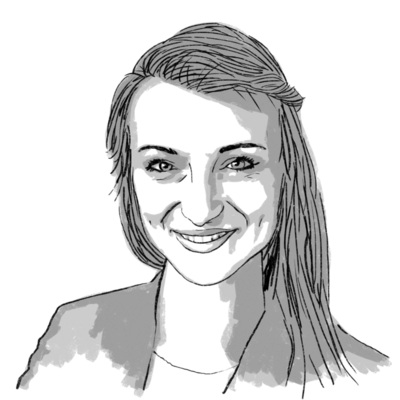Error loading media: File could not be played
00:0000:0000:00
00:00
 Eva Botkin-Kowacki
Eva Botkin-Kowacki
They come by plane, snowmobile, and sled. In subzero temperatures, an all-female team of medical workers are bringing precious cargo – the COVID-19 vaccine – across the frozen Alaskan tundra to remote villages using whatever transportation is necessary. At times, they’ve had to wrap the vaccine in extra protection from the cold, even tucking it under their coats to keep it from freezing.
“It’s challenging getting the vaccine up here to begin with, and then getting it out to the villages brings on a whole new set of challenges and logistical issues,” Meredith Dean, a resident pharmacist on the team, told Good Morning America.
The team’s efforts echo the famous 1925 serum run to Nome, when diphtheria antitoxin was transported across the then-U.S. territory of Alaska by dog sled relay. (You might know this tale from the 1995 movie “Balto.”)
But Alaska isn’t the only place where health care workers are going the extra mile to make sure their rural patients aren’t left behind as the COVID-19 vaccine rolls out. A doctor in Michigan has been hand-delivering doses from the MidMichigan Medical Center in Midland to the hospital in the small city of Alpena, a drive of almost 150 miles.
It was “much like delivering a new baby and handing that baby off to parents, who have just spent months and sometimes years thinking and dreaming and placing their hopes in that baby,” Dr. Richard Bates told CNN.

Our name is about honesty. The Monitor is owned by The Christian Science Church, and we’ve always been transparent about that.
The Church publishes the Monitor because it sees good journalism as vital to progress in the world. Since 1908, we’ve aimed “to injure no man, but to bless all mankind,” as our founder, Mary Baker Eddy, put it.
Here, you’ll find award-winning journalism not driven by commercial influences – a news organization that takes seriously its mission to uplift the world by seeking solutions and finding reasons for credible hope.
Explore values journalism About us